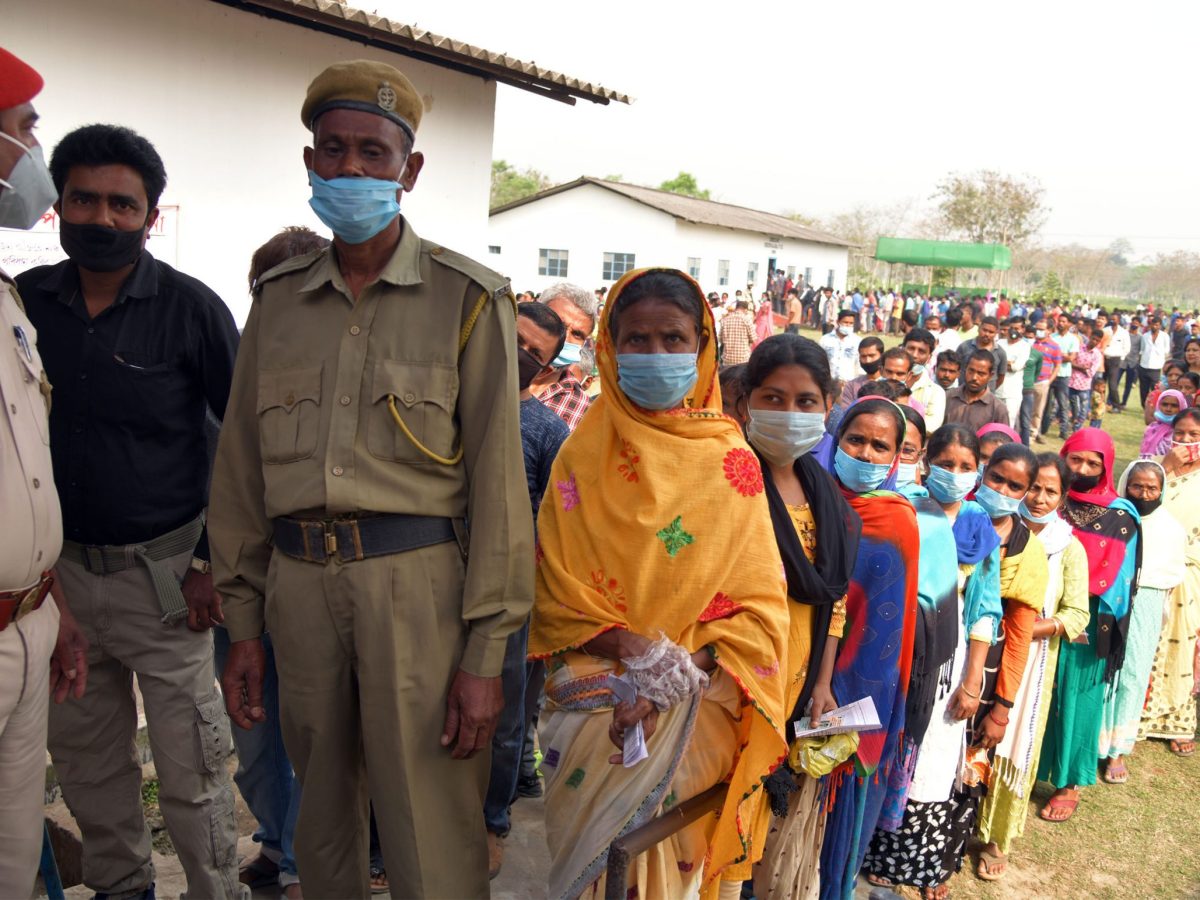On the first day of elections, the overall voter turnout in Assam was recorded at 72.14 percent till 6 pm. Biswanath district reported the highest turnout at 77.16 percent followed by Charaideo district at 73.29 percent. Dhansiri had reported the lowest at 70.76 percent. Among the 47 Assembly constituencies, Rupohihat reported the highest turnout at 83 percent, whereas the lowest turnout was seen in Nazira at 64 percent.
Voting was carried out at 21,825 polling stations in a total of 77 Assembly constituencies in West Bengal (30) and Assam(47). About 74 lakh electors were eligible to vote for the polls in 30 constituencies of West Bengal and 81 lakh in 47 constituencies of Assam. The Election Commission of India stated that, a total of 582 cases of Model Code of Conduct violations were reported in Assam, out of which 423 were disposed of till 4.30 pm.
Also Read: Assam election: Will ask for your vote, then you need to prove your citizenship
Importance of Tea-belt
A total of 37 out of the 45 seats in phase-1 Assam polls lie in the tea belt. The 8 lakh-strong work force in 850 gardens of Assam is seen as a formidable vote bank whose unstinted support the Congress had enjoyed for decades since independence. However, in the 2014 Lok Sabha elections, the BJP, with support of the RSS and its allied organizations, made inroads winning four of its seven seats from Assam in the tea-belt areas.
The saffron-party followed it up by winning 22 seats in the 2016 Assembly polls with its ally the AGP picking up four more. Subsequently, the saffron party increased its tally in the 2019 Lok Sabha polls to nine constituencies, retaining all the seats it had won in the earlier elections.





